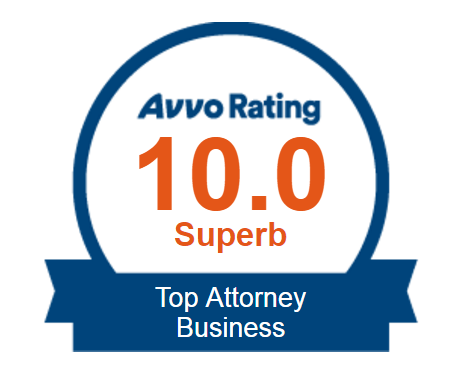Law Firm of the Year Award
Should the Supreme Court Reconsider the Standards for Libel?
In 1964 the case of New York Times v. Sullivan reached the Supreme Court, which interpreted the First Amendment of the U.S. Constitution to mean public figures have a higher bar to clear when suing for libel.
The intention of the First Amendment is to give citizens the freedom to voice their opinion and publicly discuss public figures. At first, this just meant political officials, since the founding fathers saw the value in people being able to publicly debate and gain access to information on the people they would be voting into office. But subsequent rulings have expanded the actual malice doctrine to apply to public figures as well, including entertainers.
Because public figures are subject to a certain amount of public scrutiny, it makes sense for them to bear a higher burden of proof when suing for defamation and/or libel. Not only do they have to be able to prove the claim was false, they also have to prove that the person making the statement knew it was false at the time they made it, and that they made the false statement with the intention of causing financial harm to the plaintiff, hence the term “actual malice doctrine”. Now two Supreme Court justices are saying it’s time to reevaluate that ruling.
The two justices calling for a reexamination of the actual malice doctrine are Justice Clarence Thomas and Justice Neil M. Gorsuch, both of whom cite the modern news media landscape as having influenced their views on the actual malice doctrine and whether it should apply to all public figures.
Although we have long been told not to believe everything we see online, not only do many people believe what they see on the internet, they often act on what they see without bothering to verify those claims. Justice Thomas pointed to a New York Times article that described how someone might need to set up a home-security system after being called things like “thief” or “pedophile” online, even if those claims are false. The person making those claims might not realize they’re false and/or might have no intention of causing financial harm to their target, but nevertheless the harm is done. Does that mean the target of the vitriol should be able to sue the person making the false statements?
Justice Gorsuch pointed out that the media landscape has changed dramatically since the Supreme Court’s initial ruling in 1964, when there were fewer sources of news and those news sources employed hosts of investigative reporters, as well as editors and fact checkers to make sure everything was accurate before it went to print or on the air.
Now we have cable news channels struggling to keep our attention all day and all night, combined with online media platforms that are more interested in getting clicks and monetizing their content than making sure their content is accurate.
However, the case in which Justice Thomas and Justice Gorsuch wrote their dissenting opinions calling for a reexamination of New York Times v. Sullivan did not involve any fringe media or online outlets. Instead, the case in question was looking to sue the author and publisher of the book, “Arms and the Dudes: How Three Stoners From Miami Beach Became the Most Unlikely Gunrunners in History”, a case in which it might make sense to retain the higher burden of proof.
At Lubin Austermuehle, we help clients navigate the complex laws and emotionally charged pathways to a court victory or settlement in slander and libel cases, as well as a vast range of other disputes from class action suits to breach of contract. We serve clients throughout Chicagoland: from Waukegan, to Skokie, and beyond. You can contact us online here or call us at 630-333-0333. Take advantage of our FREE consultation, where we can discuss your specific needs and wishes, as well as our ability to meet them.




